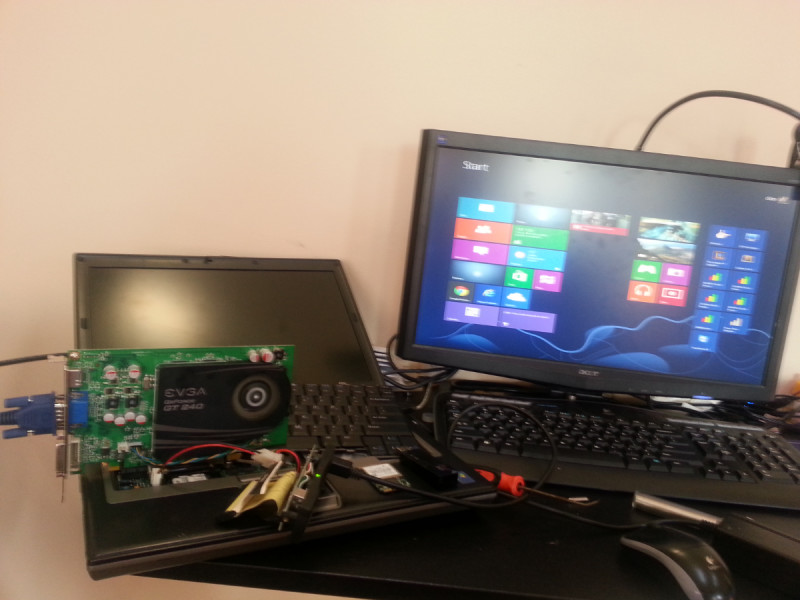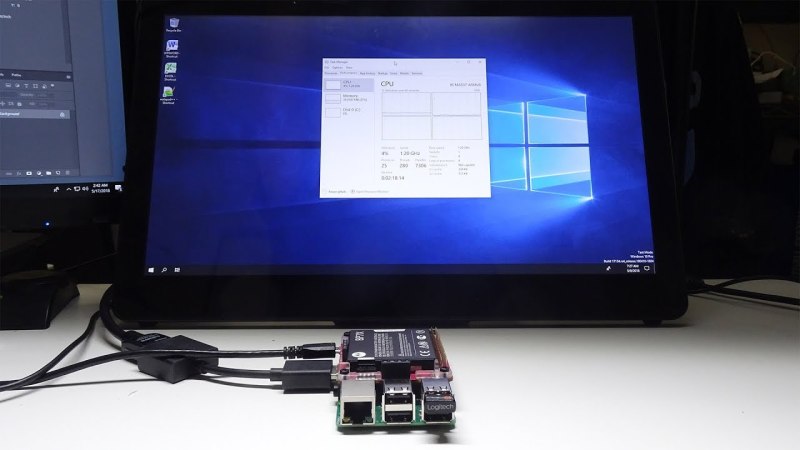“Novaspirit Tech started back in 2003 as a placeholder for my Macromedia Flash web designs on GeoCities,” he recalls. “Then I relaunched the website at its own domain in 2010 to host my tutorials and projects, such as installing GPU on laptops to installing kernels on Android phones.
In 2013 my website crashed and lost the data, so I looked towards YouTube to host my tutorials, and at the same time I discovered Raspberry Pi. That’s when it started to really define the tech in Novaspirit, putting together hundreds of projects for myself, friends and families.”
What is your history with making?
I’ve been a tinkerer since I was a kid. I would love to take things apart and try to rebuild or improve on them. That’s where my quote ‘Hack till it hertz’ originated from, which means hack it till it works. Making devices do what they were not first intended to do was my specialty and also my flaw, because I tend to break more things than I fix.
How has Raspberry Pi helped some of your builds?
Raspberry Pi has been a very critical part of my creations because I use it for what it’s intended for, a dev board. Most of my projects will start with a Raspberry Pi, whether building a small web server or running a garage door opener with GPIO. Every step of the way you will always need an environment that is reliable and doesn’t change too dramatically. From building the base code to GUI and interacting with GPIO, it’s always nice to start with a board like Raspberry Pi.
What has the response been to your videos?
Most of the projects I’ve done with Raspberry Pi have gotten a lot of good feedback, mostly impressed at how I managed to get things to work on Raspberry Pi. I believe I was the first to install Amazon Echo on Raspberry Pi, as well as Windows 10 on ARM on Raspberry Pi. I’ve even water-cooled a Raspberry Pi. I do have many firsts and the responses I get are great, although the water cooling one was just for jokes.
What are some of your favourite Raspberry Pi builds?
My favourite Raspberry Pi builds are the ones I use every day. The quad SATA Raspberry Pi NAS, USB over network with Raspberry Pi, and my most recent Raspberry Pi kvm-over-ip.





